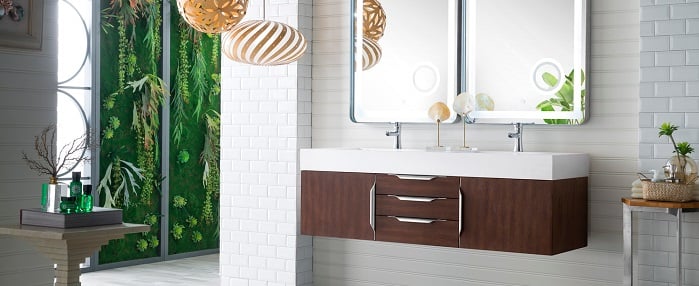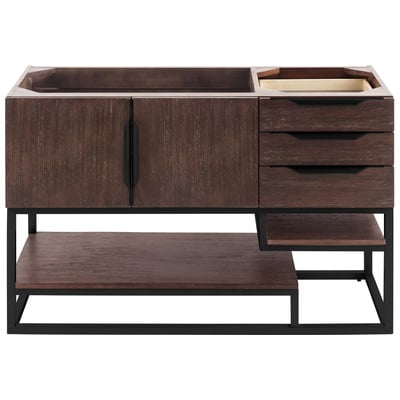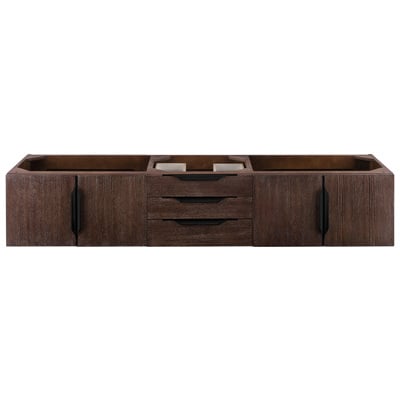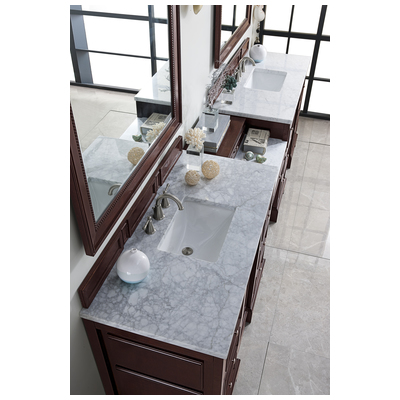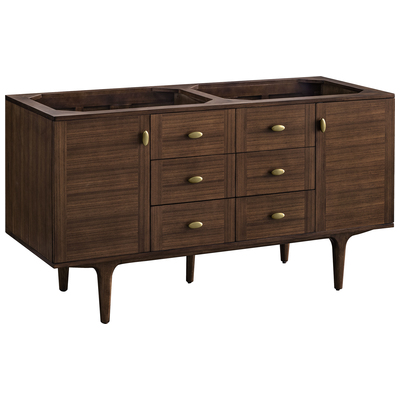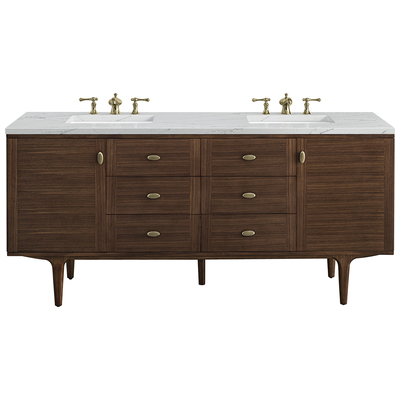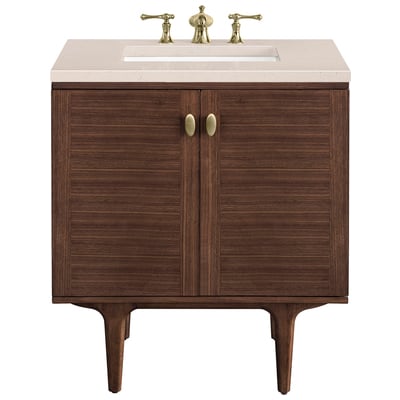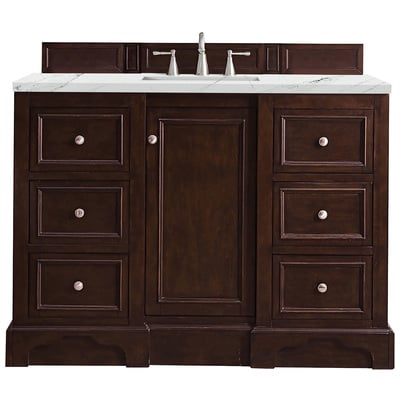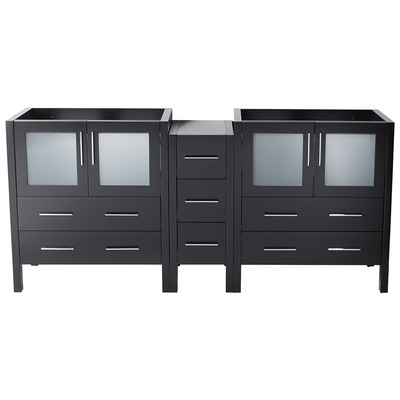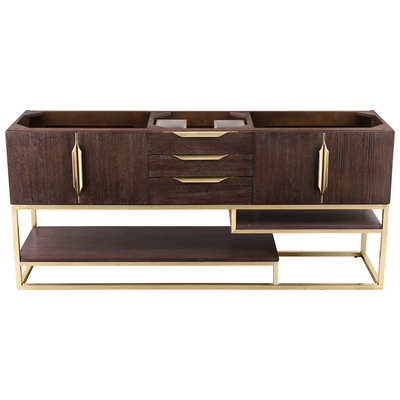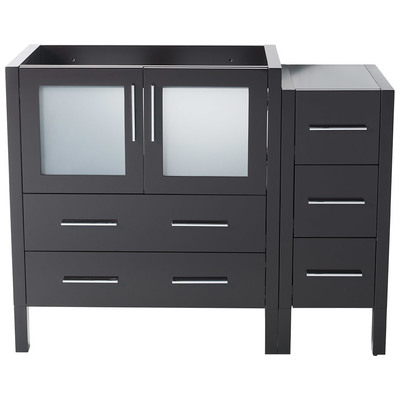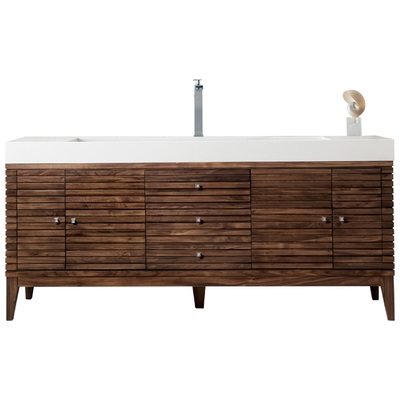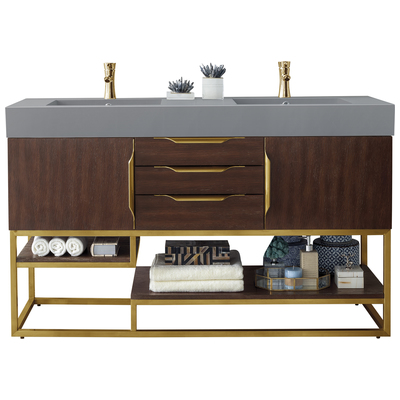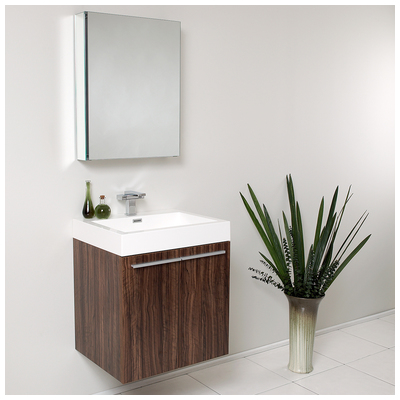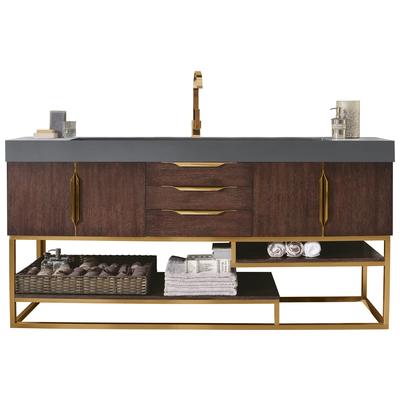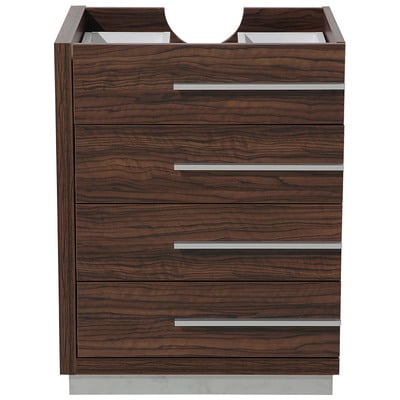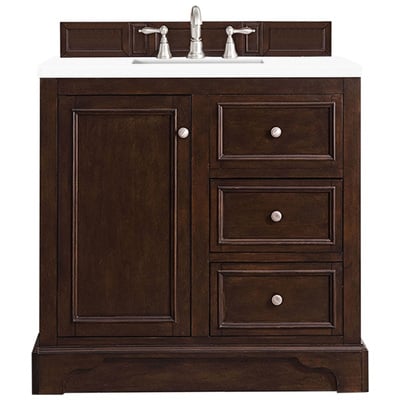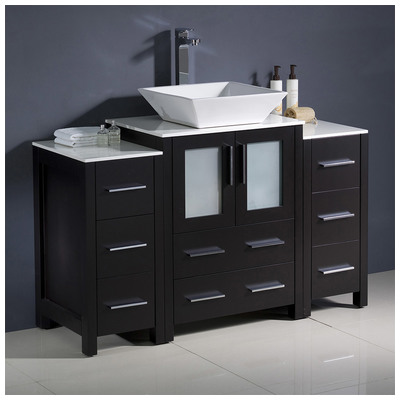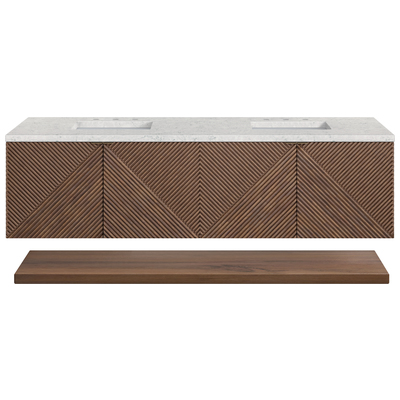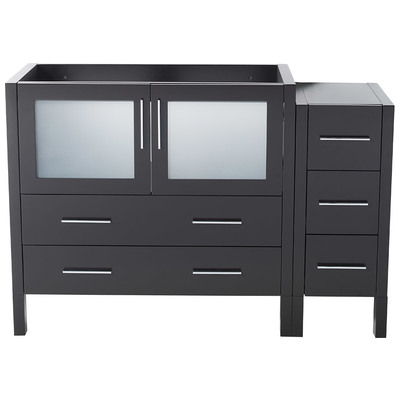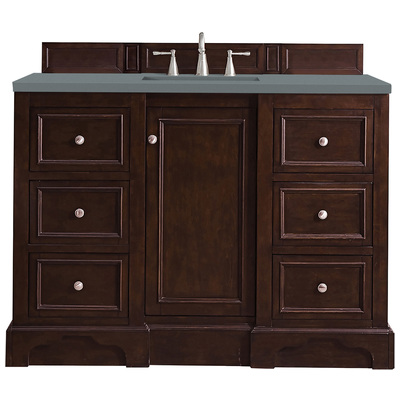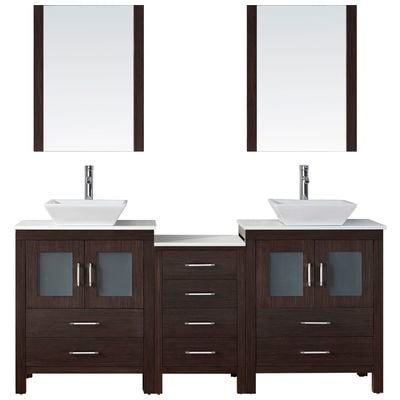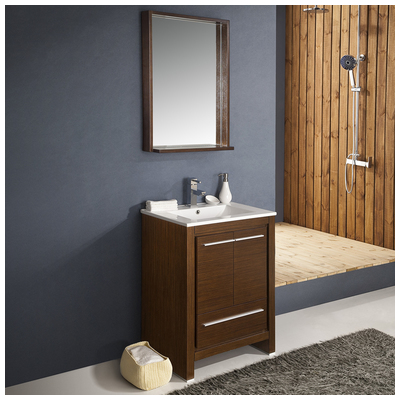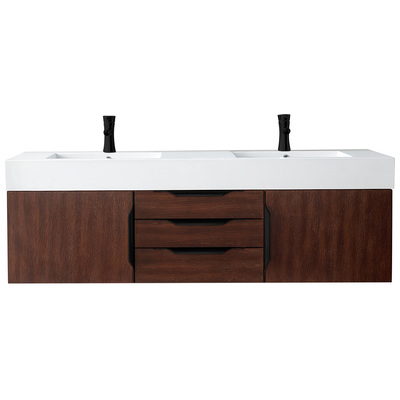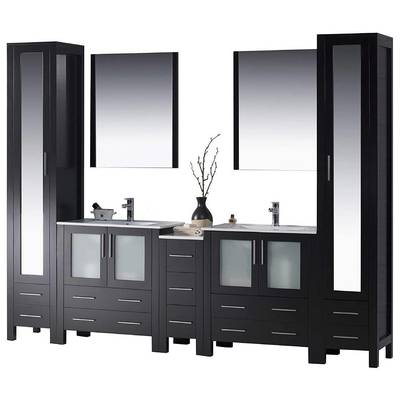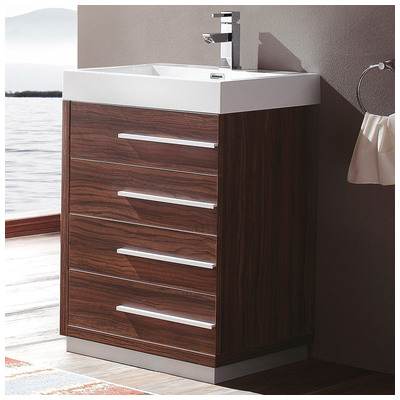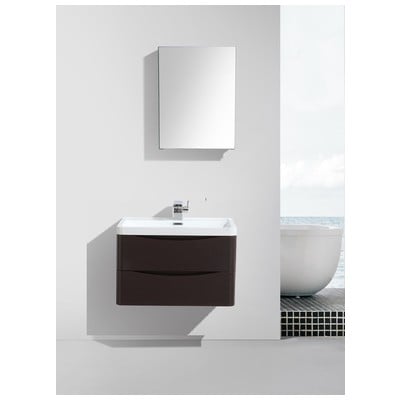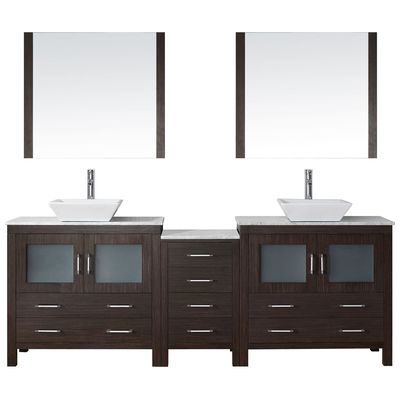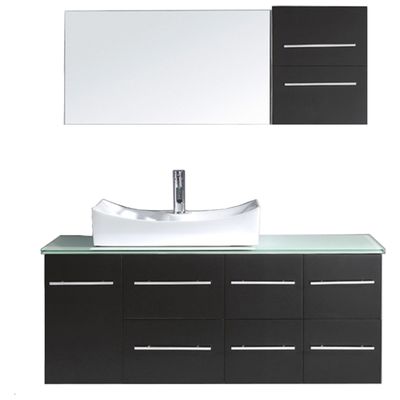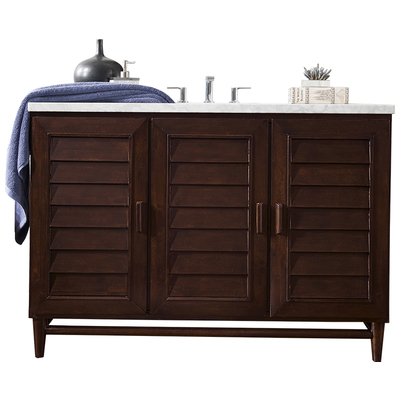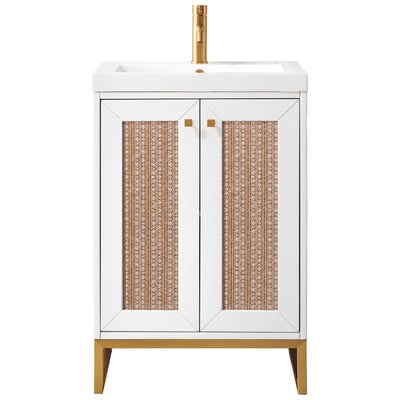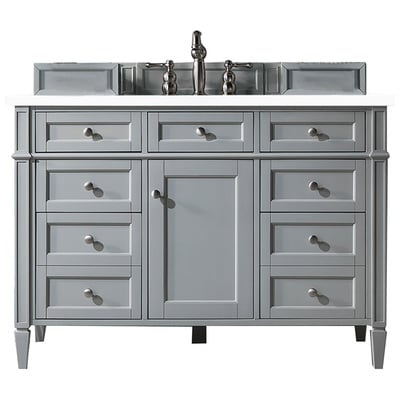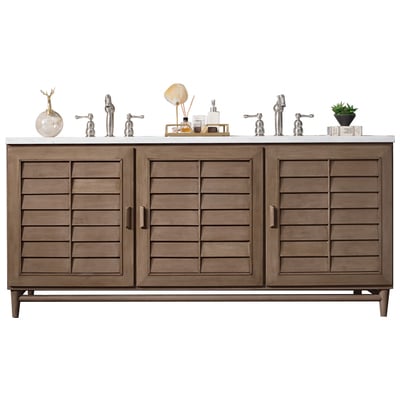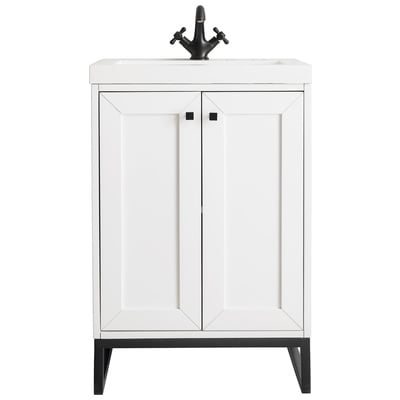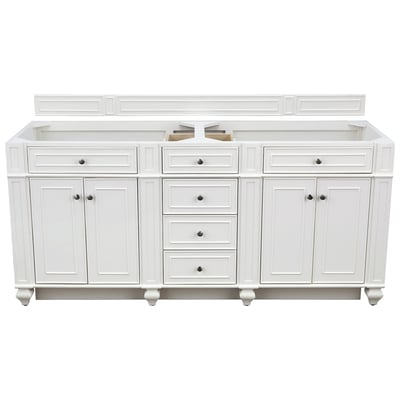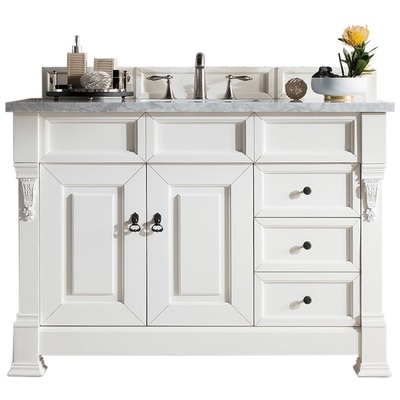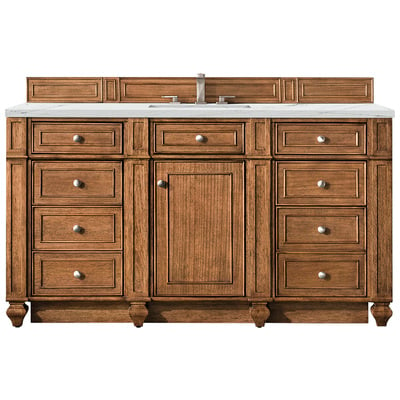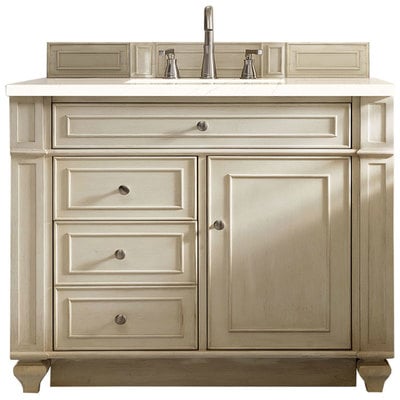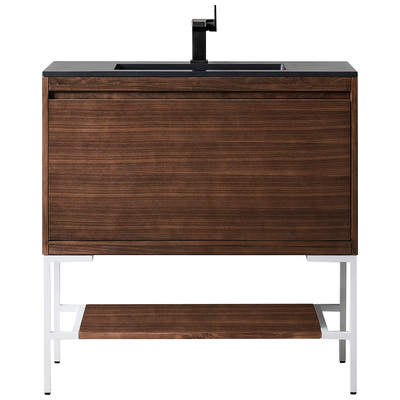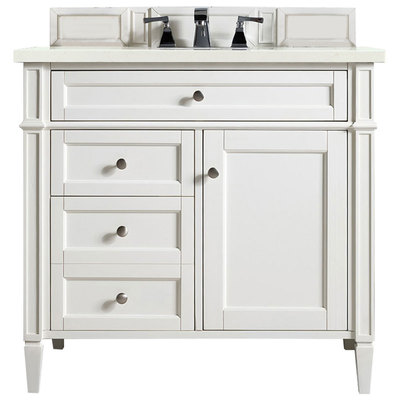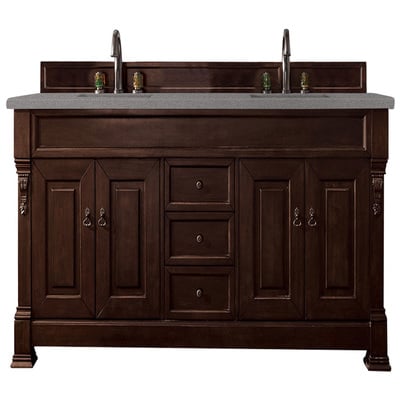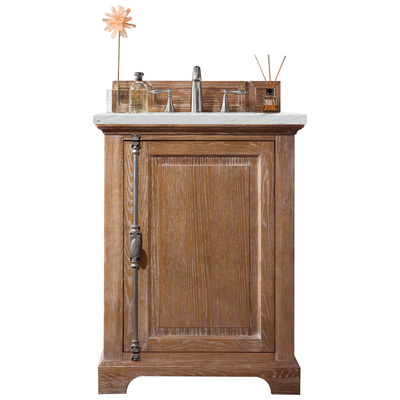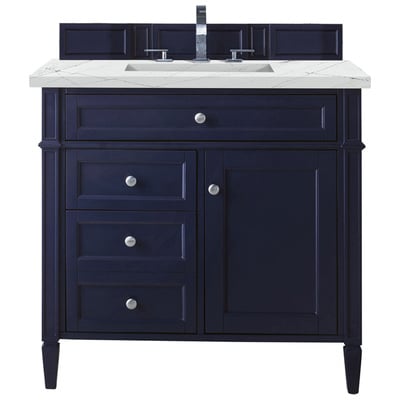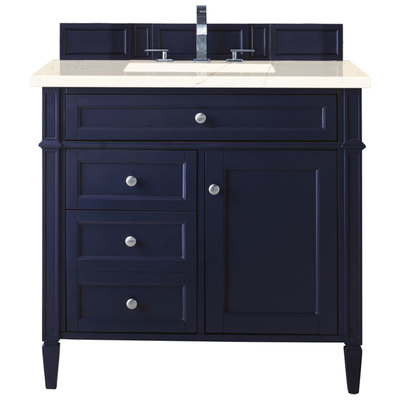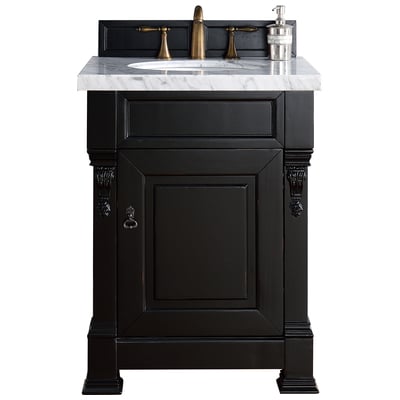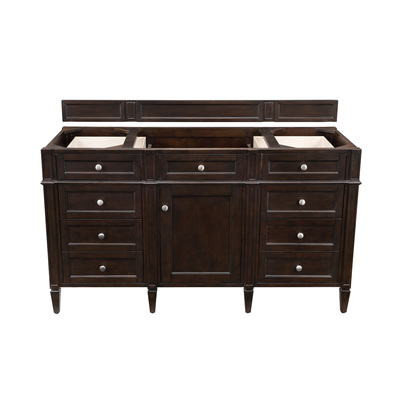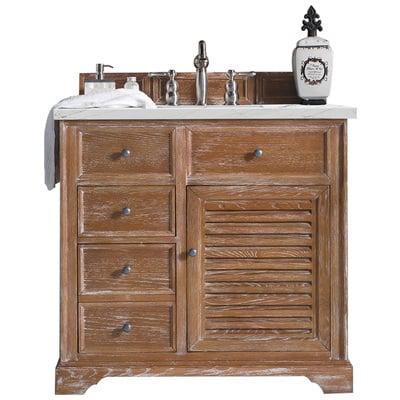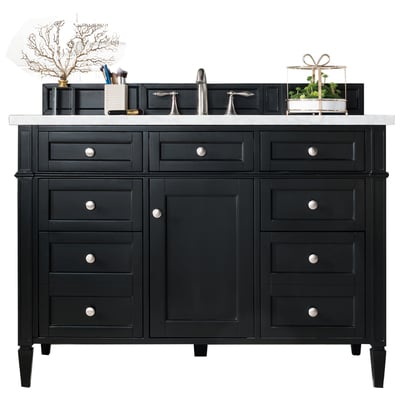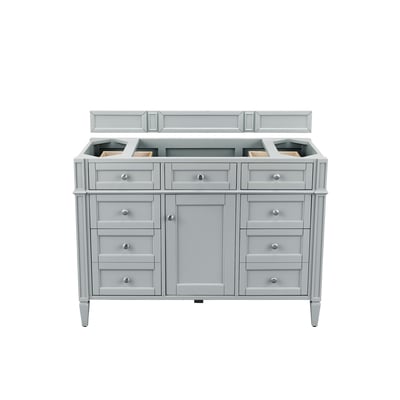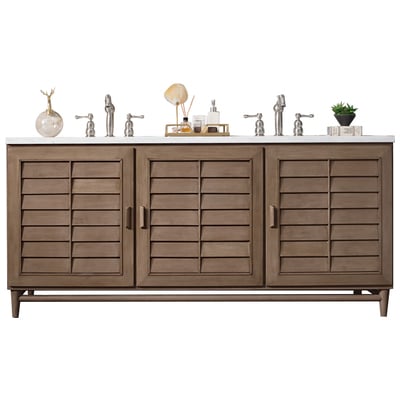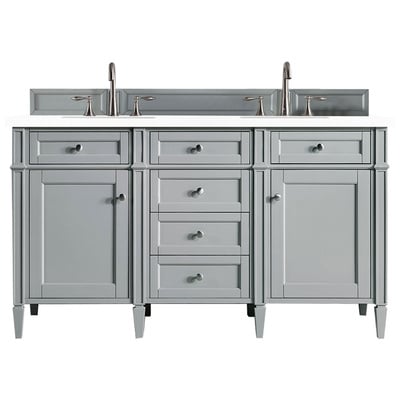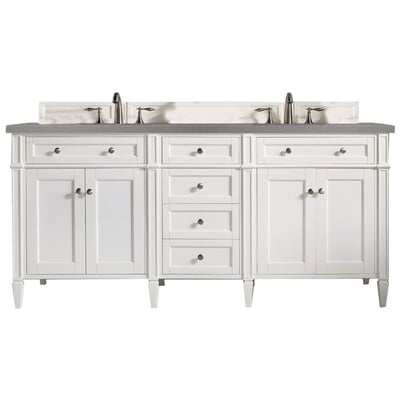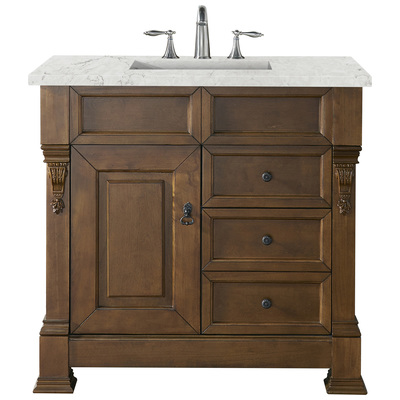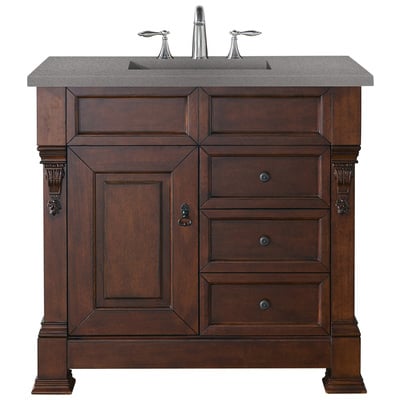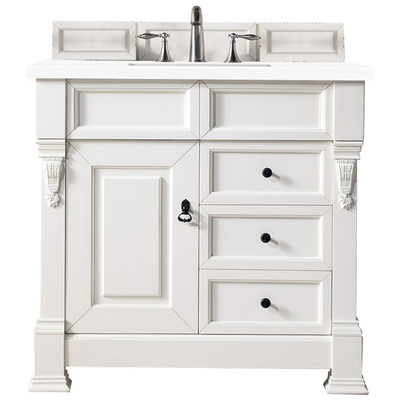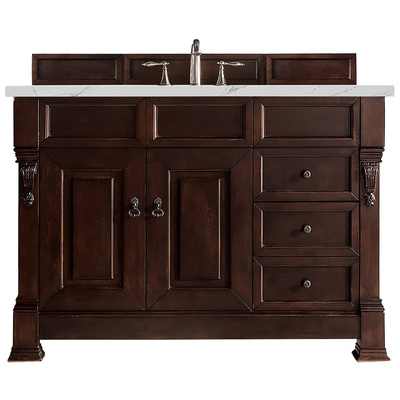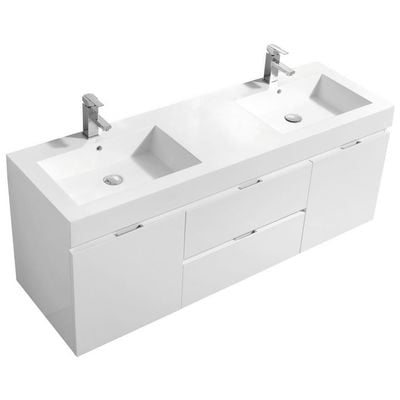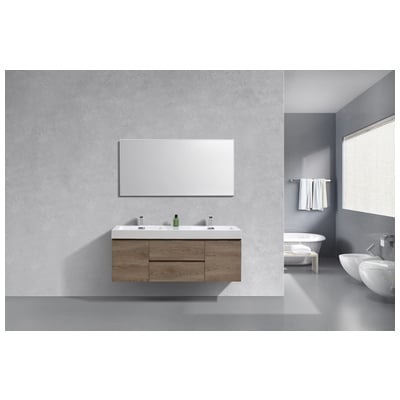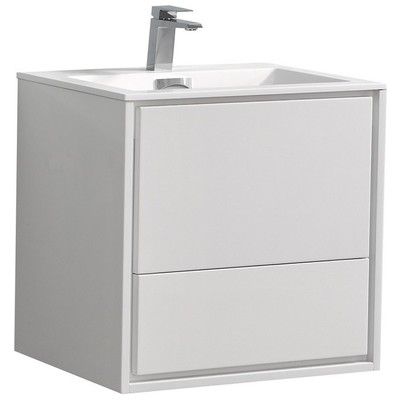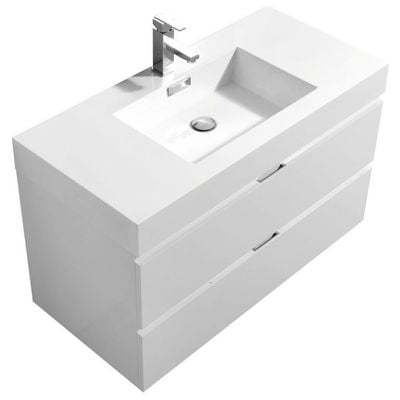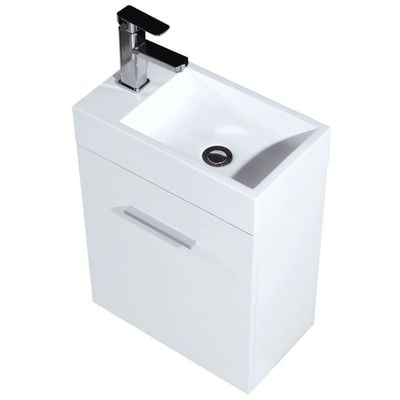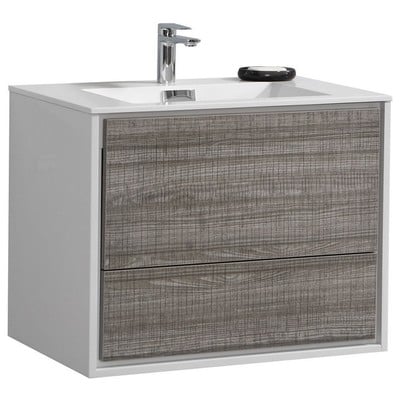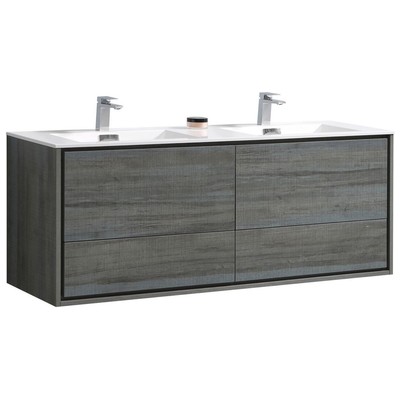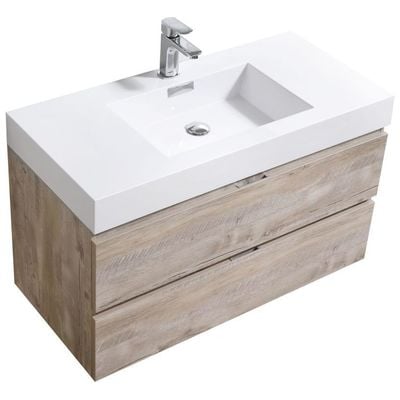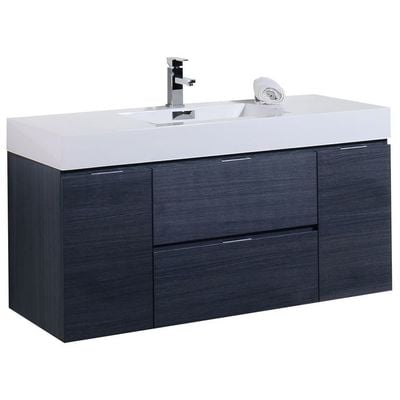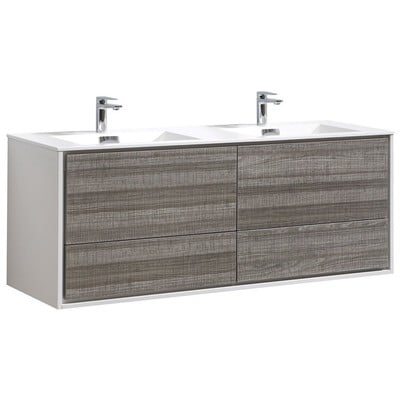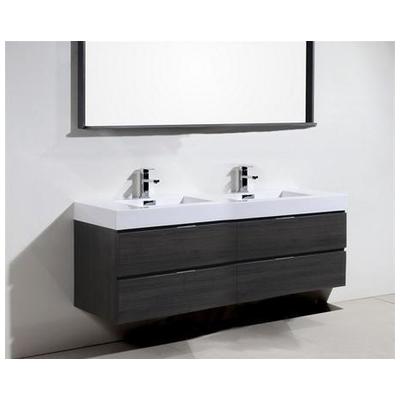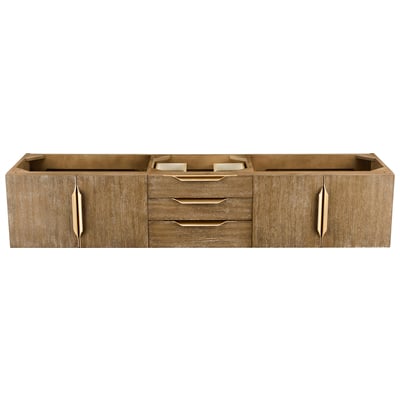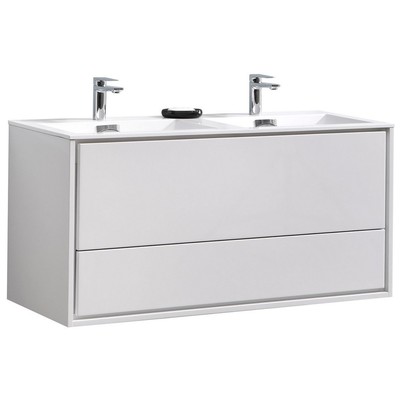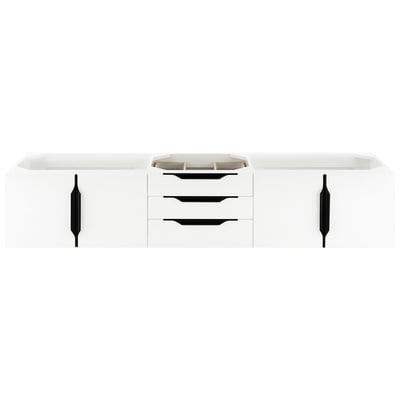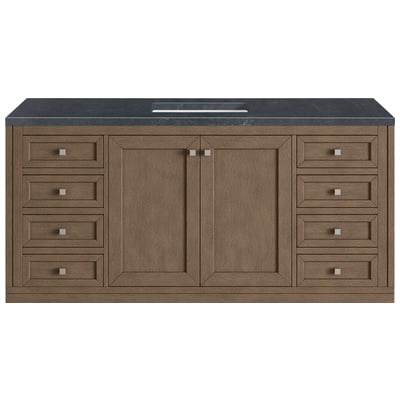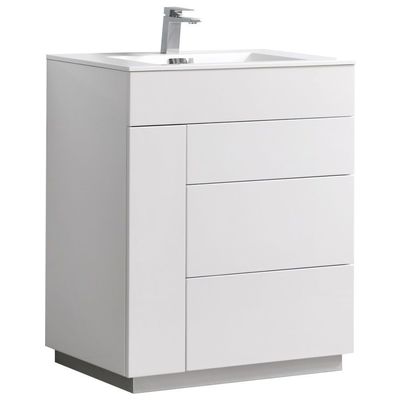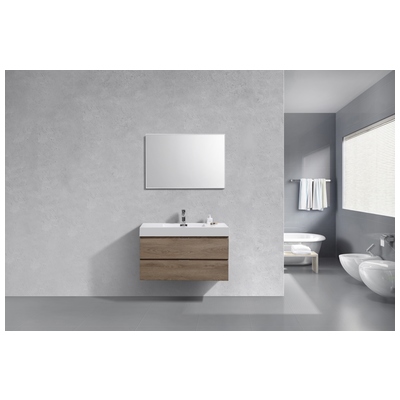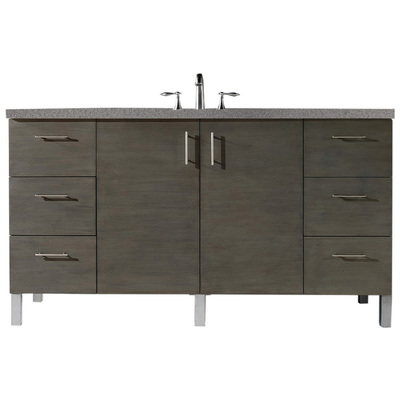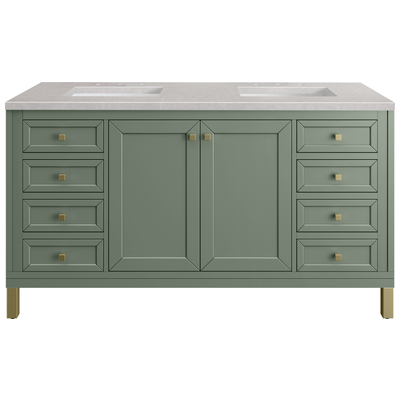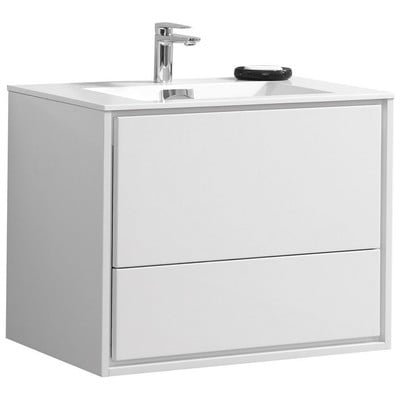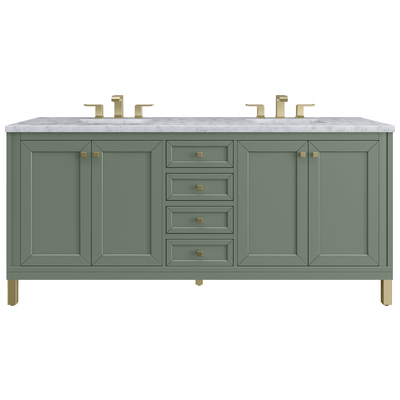If you’re just starting to explore your sense of style, the lingo used by designers can be confusing or off-putting. People often use the words “modern” and “contemporary” interchangeably. That’s hard enough to navigate without the many modifiers you’re likely to find on the way. “Organic modern”? “Contemporary Scandinavian”? “Mid-century modern”? If you’re feeling off-balance, trust me: the problem isn’t you! Today, I’m going to help you crack the code, using a few distinctive bathroom vanities for context.
Understanding Midcentury Modern Bathroom Vanities

Midcentury modern design is actually the easiest one to define. In terms of interior design, it’s the colors, materials, and especially the furniture styles developed and popularized between the mid 1930s and the mid 1960s (the middle of the century). Lots of the most cutting-edge furniture from this time period has stuck with us; the most iconic materials (namely, walnut wood) have seen a huge surge in popularity in recent years. In terms of bathroom vanities, you’re less likely to see period replicas (think: pink tile everything); instead, many designers have adopted the look of 70s sideboards and buffets and reinvented them as bathroom vanities.

The biggest point of confusion you’ll see is people getting in the habit of calling anything made of walnut “midcentury” – whether or not it has any of the other characteristic features of the style – like tapered legs, asymmetrical paneling, and ergonomic or oblong elements. Which is a shame; midcentury replicas are easy to find and have a distinctive, appealing look even without the 1950s nostalgia. Swapping out shag carpet and dark wood paneling for white walls and hardwood floors lets a midcentury palette shine. Yes, that includes pea green and rust orange! Walnut wood in particular brings a needed organic warmth to combat a lot of years of white-heavy decor.
What Does Contemporary Actually Mean?

Contemporary design, on the other hand, is a term that’s fluid rather than static. By definition, “contemporary” is what’s happening right now – which means it’s always a moving target. Linguistically, it’s used to mean the current period; the one we don’t have the benefit of time and distance to have a name for yet. But in interior design, people toss the word around a lot without much context. “Modern” and “contemporary” can also be used to indicate different intensities; if “modern” is slim and minimal, contemporary is more slim and minimal.

In truth? The most common look at the moment is more akin to a simplified transitional Shaker-style… or an updated midcentury modern. But you’re equally likely to see the word used for a high-gloss, futuristic, acrylic-and-concrete style. So take “contemporary” with a grain of salt. Popular styles in the kitchen and bathroom have been trending away from hefty traditional ornamentation – pulled toward simplicity by the prevalence of modern elements. But for now we’ve settled in a transitional middle; if you’re looking for a popular, resellable look, the big contemporary vibe is simple elegance.
Okay, So, What About Modern Bathroom Vanities?

“Modern design” is nigh-impossible to define by the books. The word was originally used to refer to mid-century styles when they were new, and acknowledged many of these then-cutting-edge designs as being very future-looking. (Aka, the “contemporary” look in 1950). But the further we get from the end of that era, the more muddied the word has become. These days, the future-looking vibe remains, coupled with a drive towards minimalism. Less clutter, less ornamentation, and more streamlined, simple spaces and materials.

But there’s a lot of room to play within these parameters – hence, a lot of modifiers. A Scandinavian modern relies on stark white surfaces and unfinished wood; organic modern is more about using natural, sustainable materials and creating an earthy vibe; industrial modern can mean anything from turn-of-the-century brownstone brick to concrete and glass. If you like a minimalist look, dig a little deeper here; you’re likely to find a sub-genre that appeals to your sensibilities. But, broadly? We’re mostly talking features like slab cabinets, solid colors, and minimal detail work.
It’s hard enough to communicate what you do and don’t like about a certain style without any added linguistic complication. But even knowing the meaning of “modern” and “contemporary” doesn’t guarantee you’ll be able to convey what you mean precisely to someone who doesn’t. Instead, focus on individual elements; clearly defining the wood, hardware, cabinet fronts, legs, texture, and finish will help express the style you want.

